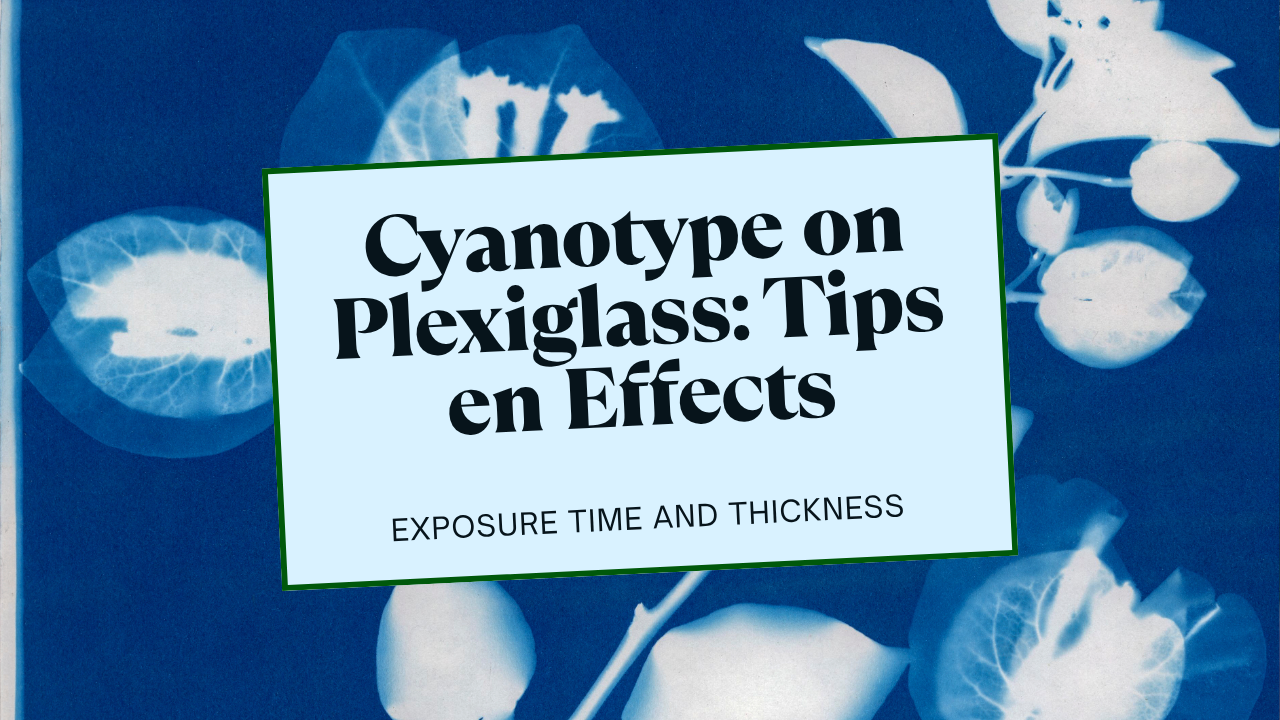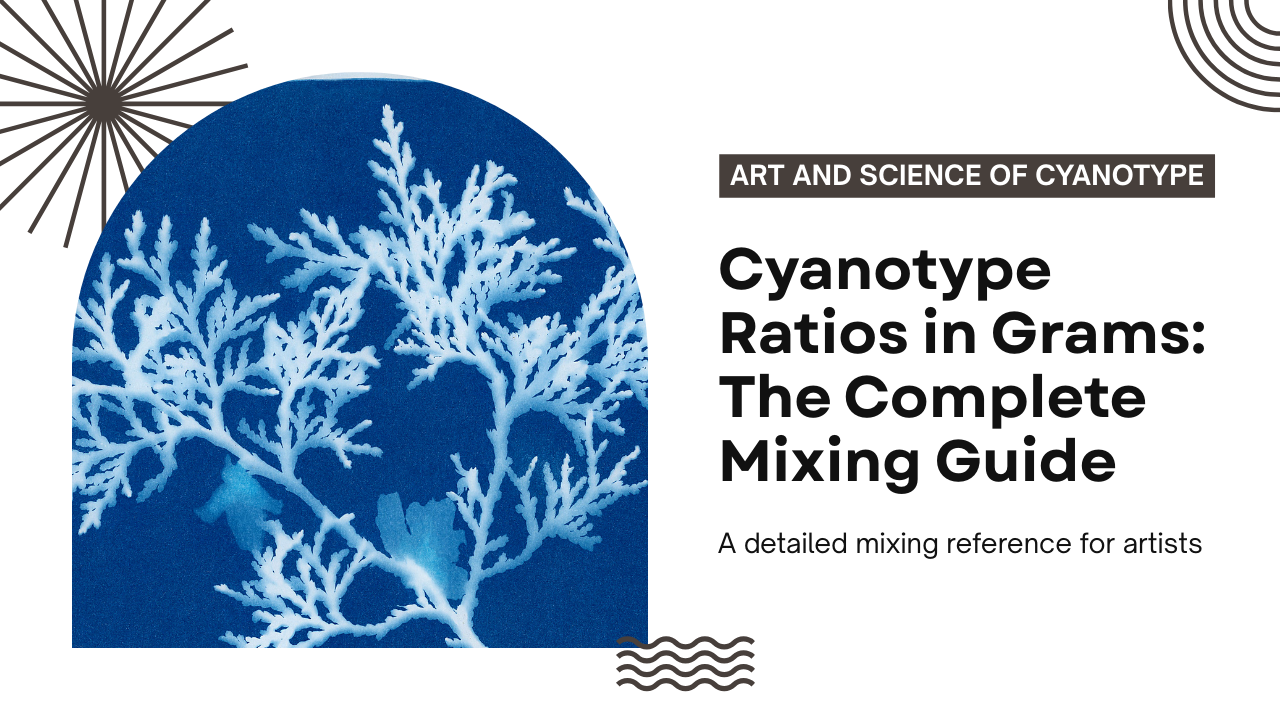Introduction
Cyanotype is one of the oldest photographic printing processes, yet it continues to inspire artists and photographers around the world. Recognized for its deep Prussian blue hues, cyanotype has transitioned from a scientific tool to a cornerstone of the alternative photography movement.
Origins: Sir John Herschel & Anna Atkins
Invented by Sir John Herschel in 1842, cyanotype gained prominence thanks to Anna Atkins, often called the first female photographer. Her cyanotype prints of algae and plants bridged science and art.
Cyanotype was later used for architectural blueprints, a practical application that lasted until the 1970s.
Cyanotype in the Alternative Photography Movement
In the late 20th century, cyanotype was rediscovered by artists exploring alt-photo processes. Unlike silver-based methods, cyanotype is non-toxic, inexpensive, and uniquely aesthetic.
Contemporary artists use cyanotype to create fine art prints, textiles, and experimental pieces, often blending analog and digital workflows.
The Chemistry of Blue
The process relies on a mixture of ferric ammonium citrate and potassium ferricyanide. When exposed to UV light, ferric iron reduces to ferrous iron, creating an insoluble pigment: Prussian blue.
Creative Variations
-
Toning: Tea, coffee, or tannin-rich solutions shift the color from blue to black, sepia, or brown.
-
Digital negatives: High-resolution negatives allow detailed photographic reproduction.
-
Cross-media art: Cyanotype combined with painting or mixed media.
Cyanotype Today: Eco-Friendly DIY
Cyanotype resonates with today’s culture of DIY and sustainability. Affordable, safe, and requiring only sunlight and water, it’s an eco-friendly alternative to traditional photographic methods.
The Future of Cyanotype
As photography continues to evolve, cyanotype is finding new life in:
-
Alternative photography communities worldwide.
-
Educational settings introducing students to analog processes.
-
Hybrid workflows where analog meets digital art.
Conclusion
From Anna Atkins to modern alternative photographers, cyanotype continues to thrive as both a technique and an art form. Its deep blue prints remain timeless.
👉 Ready to experiment? Check out our cyanotype step-by-step guide.


